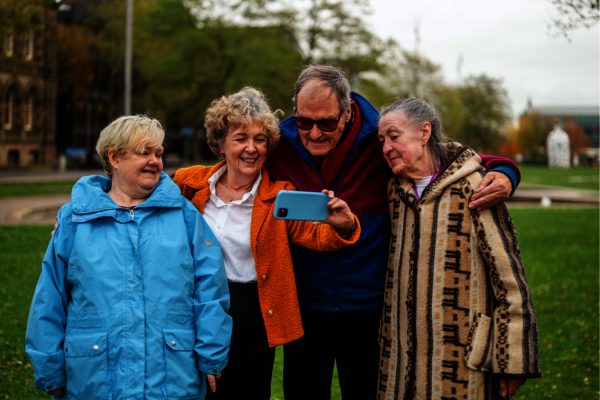The reliance on technology during the COVID-19 pandemic will bring the “digital divide” to the fore as many will continue to rely heavily on technology during this period and for as long as we are social distancing. During these measures, it is important that we consider those who are unable to rely on technology in a way that others can, as well as those that do have access but continue to experience barriers to use. In particular, we need to think about those who are no longer being able to rely on social networks like friends or family for help in using technology. This lack of access significantly heightens inequalities for so many people in all different ways, and a more digitally-centred world isn’t necessarily achievable for everyone. It’s vital that those who struggle to use tech or get online aren’t left behind in this period.
Dr Gemma Wilson is a Health Psychologist, and a Research Fellow in Applied Health at Northumbria University, Newcastle. Her research interests are in ageing, psychosocial wellbeing, digital inclusion, social participation, digital health.
To find out more about this study, the podcast 'Ageing in a Digital World' is available to listen/download on SoundCloud, Spotify and iTunes.

